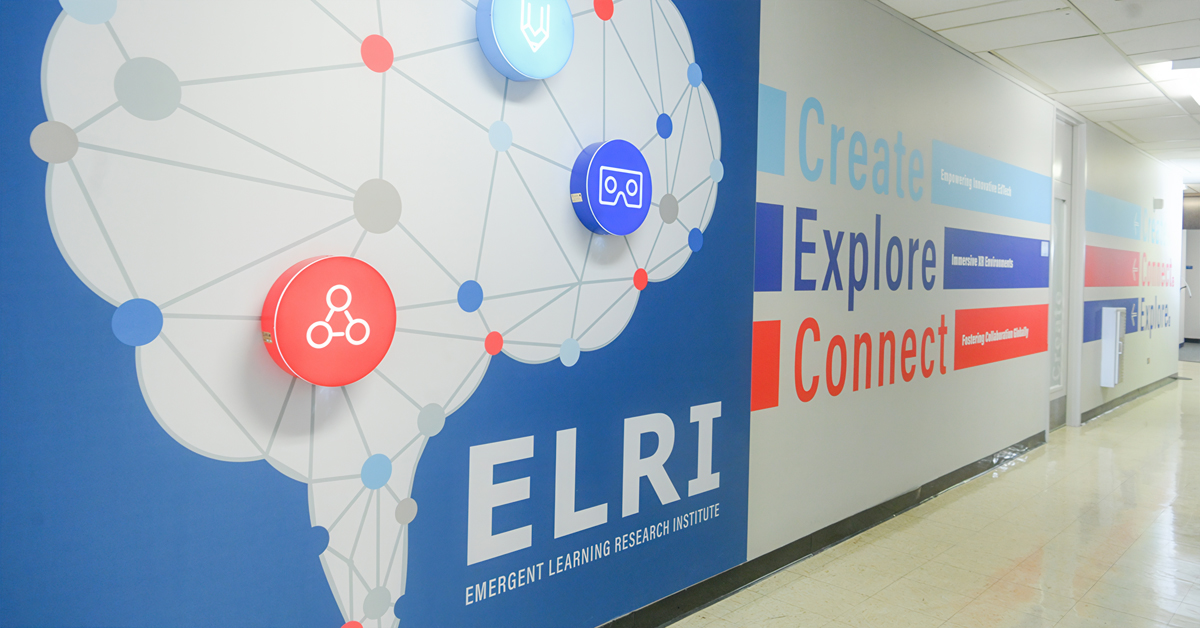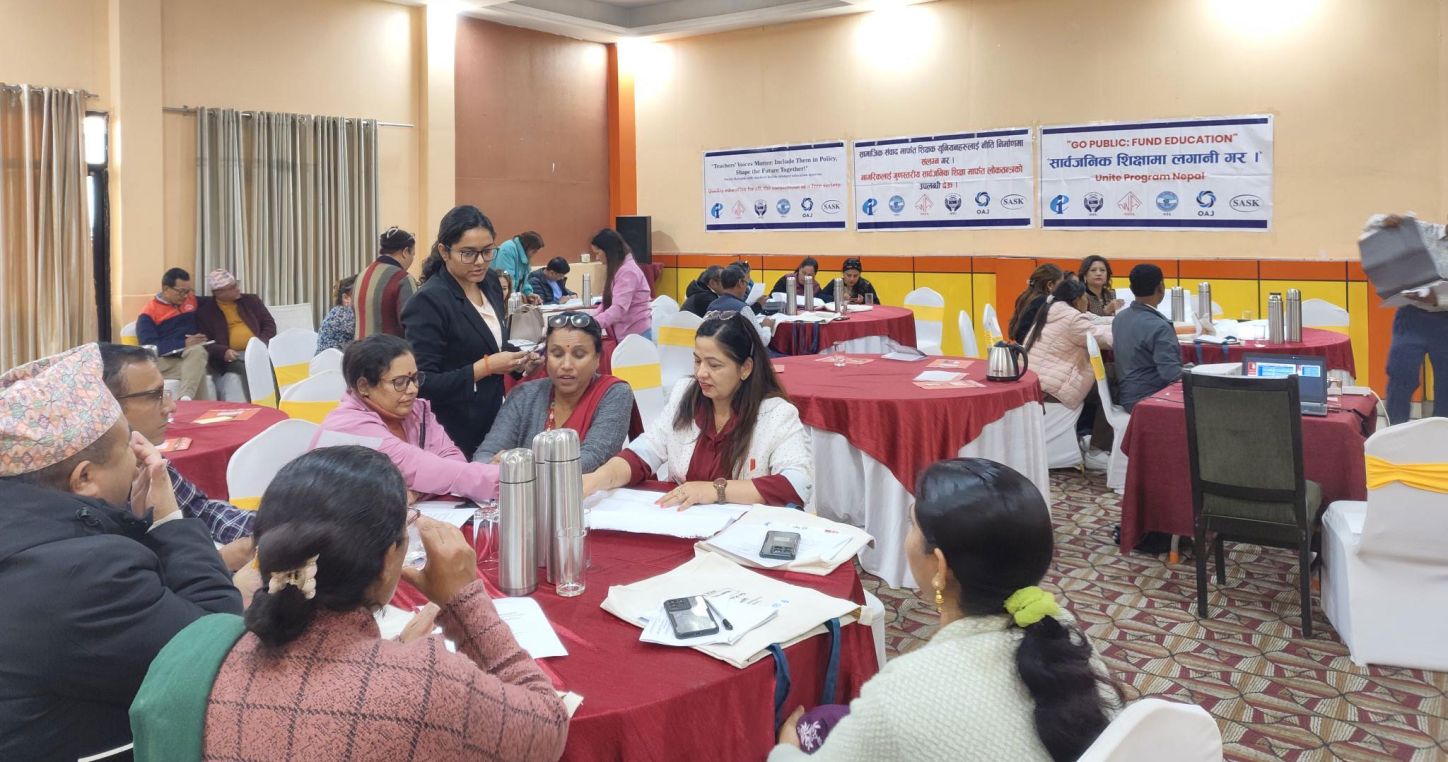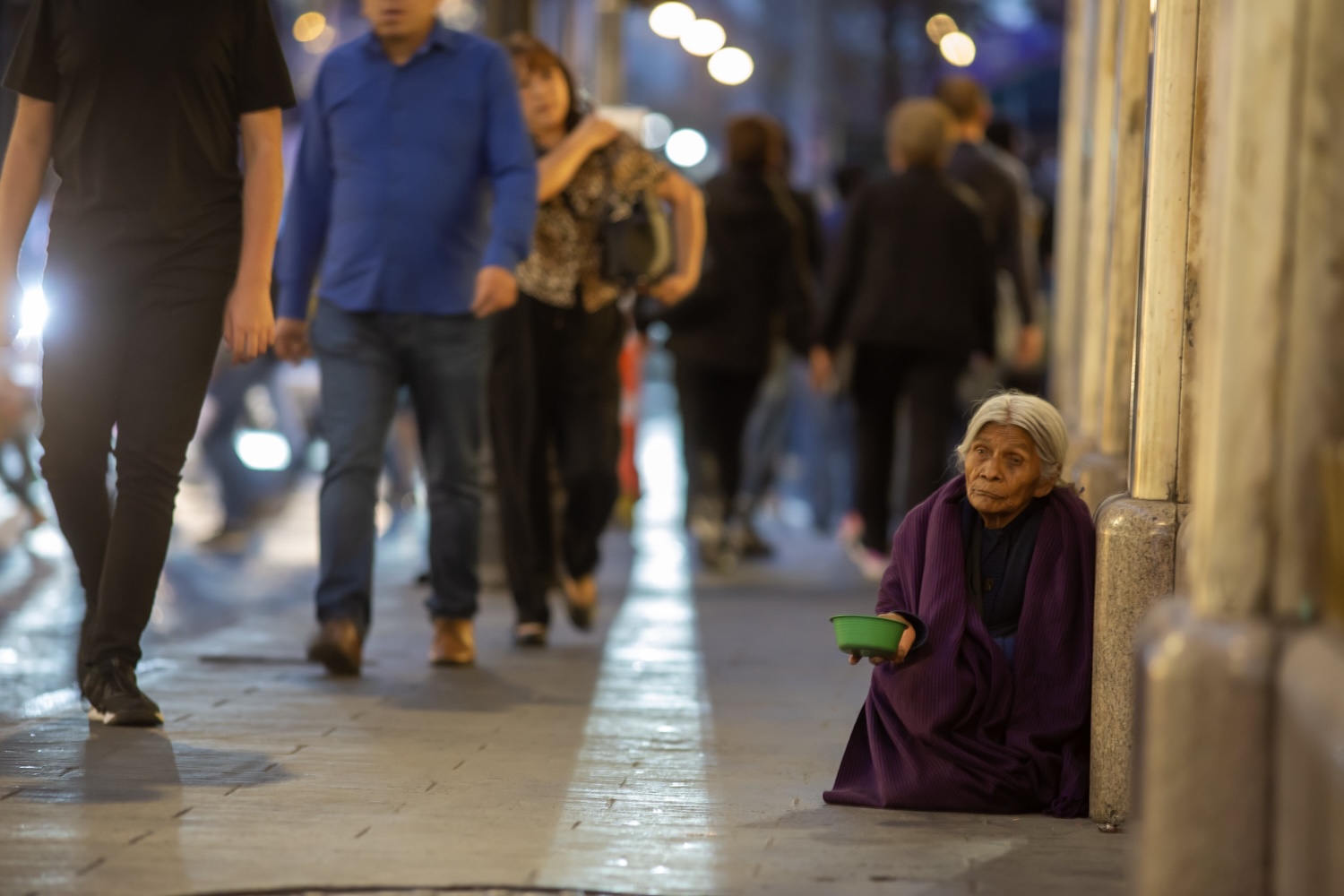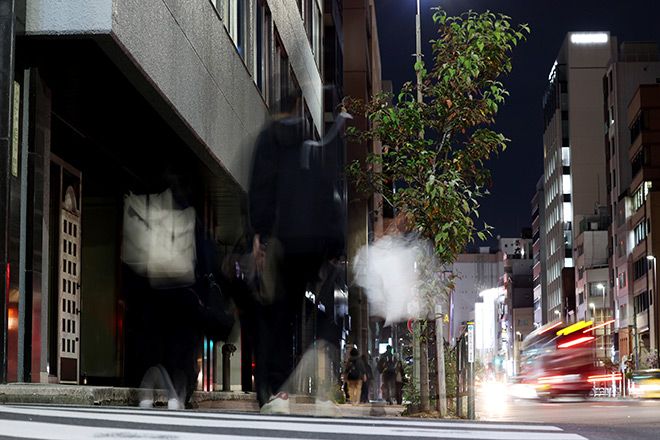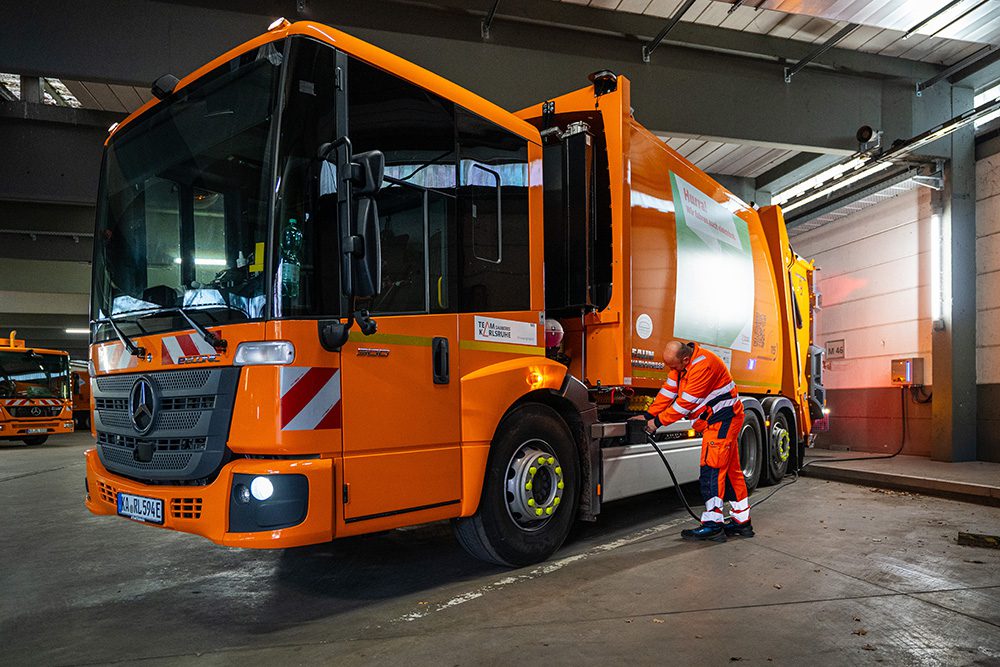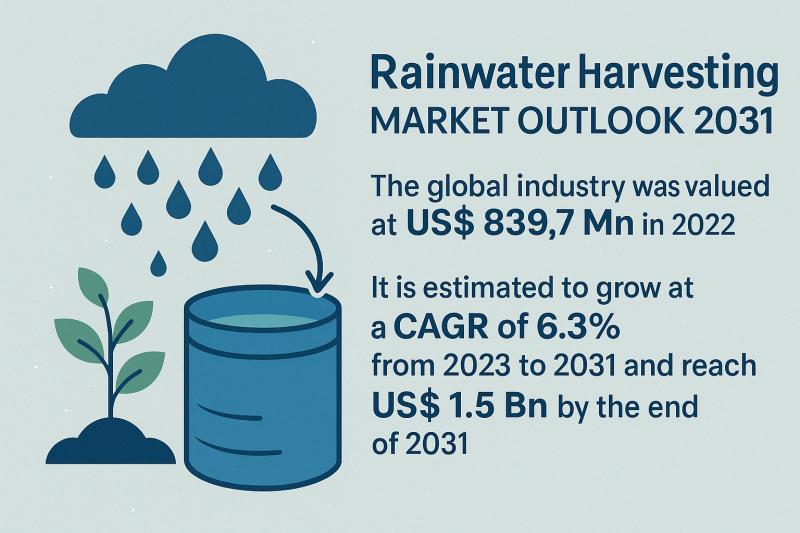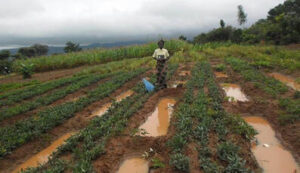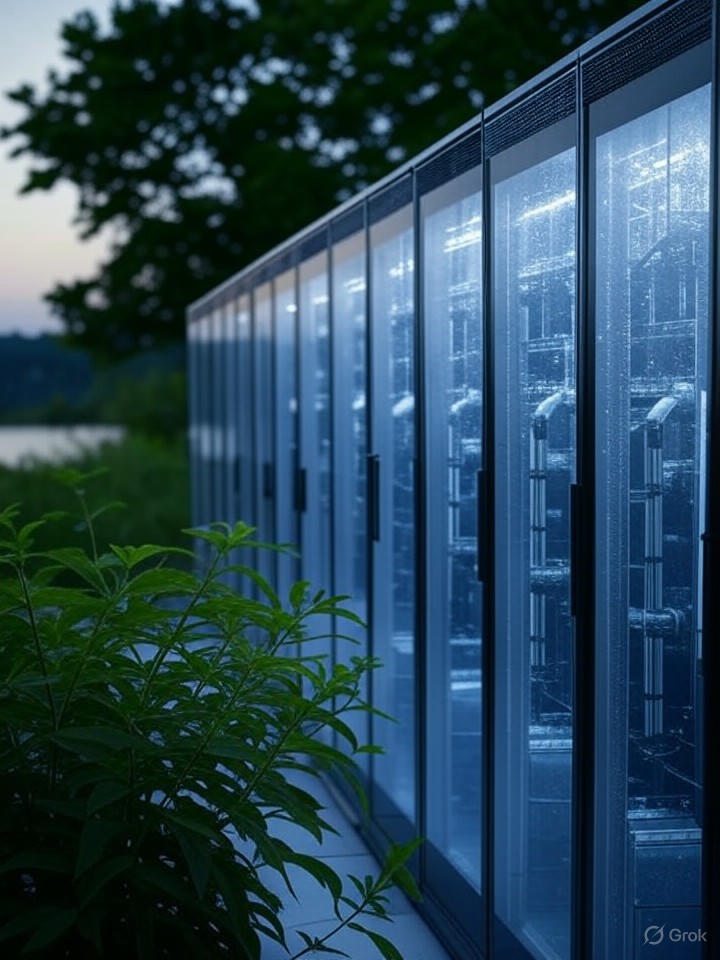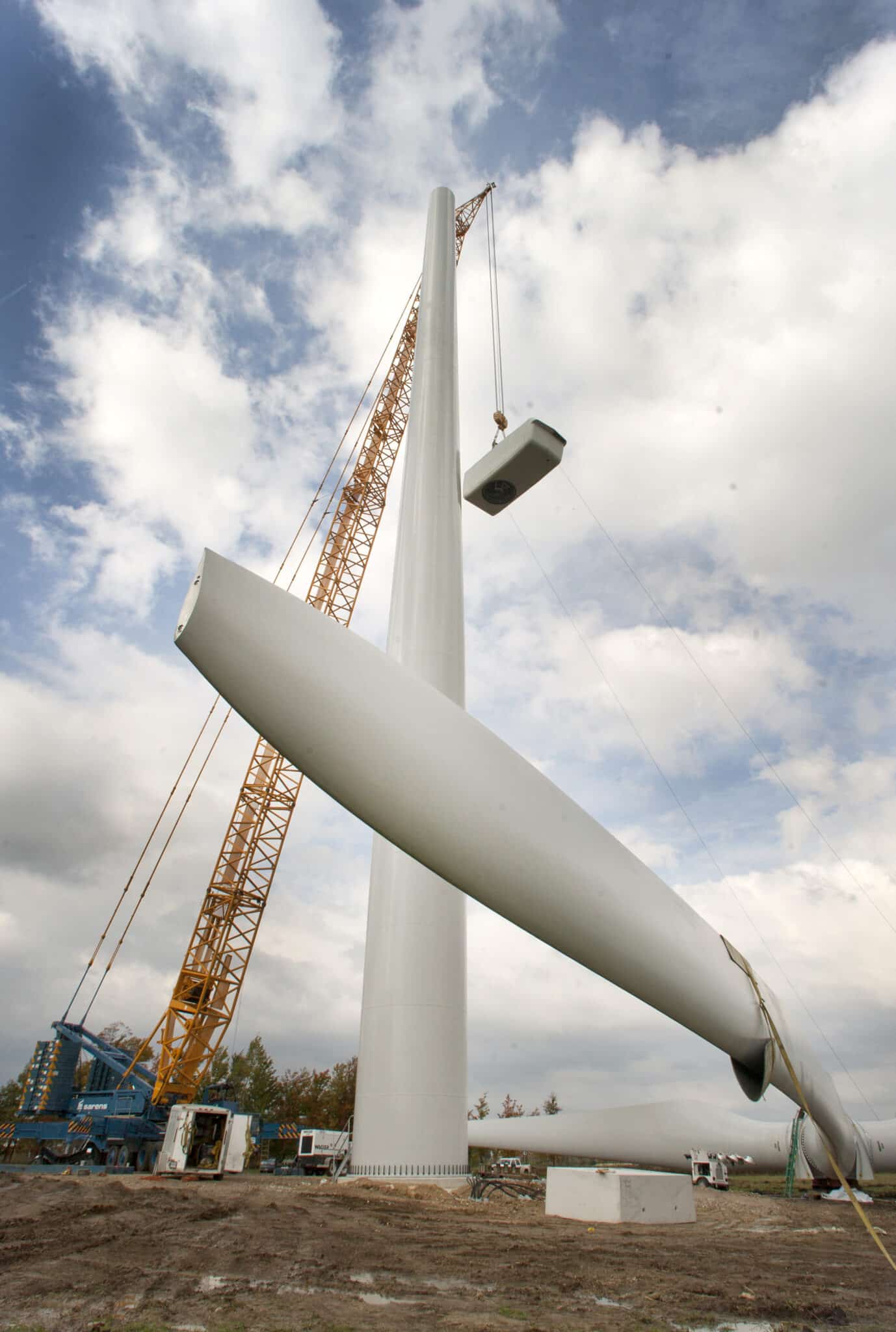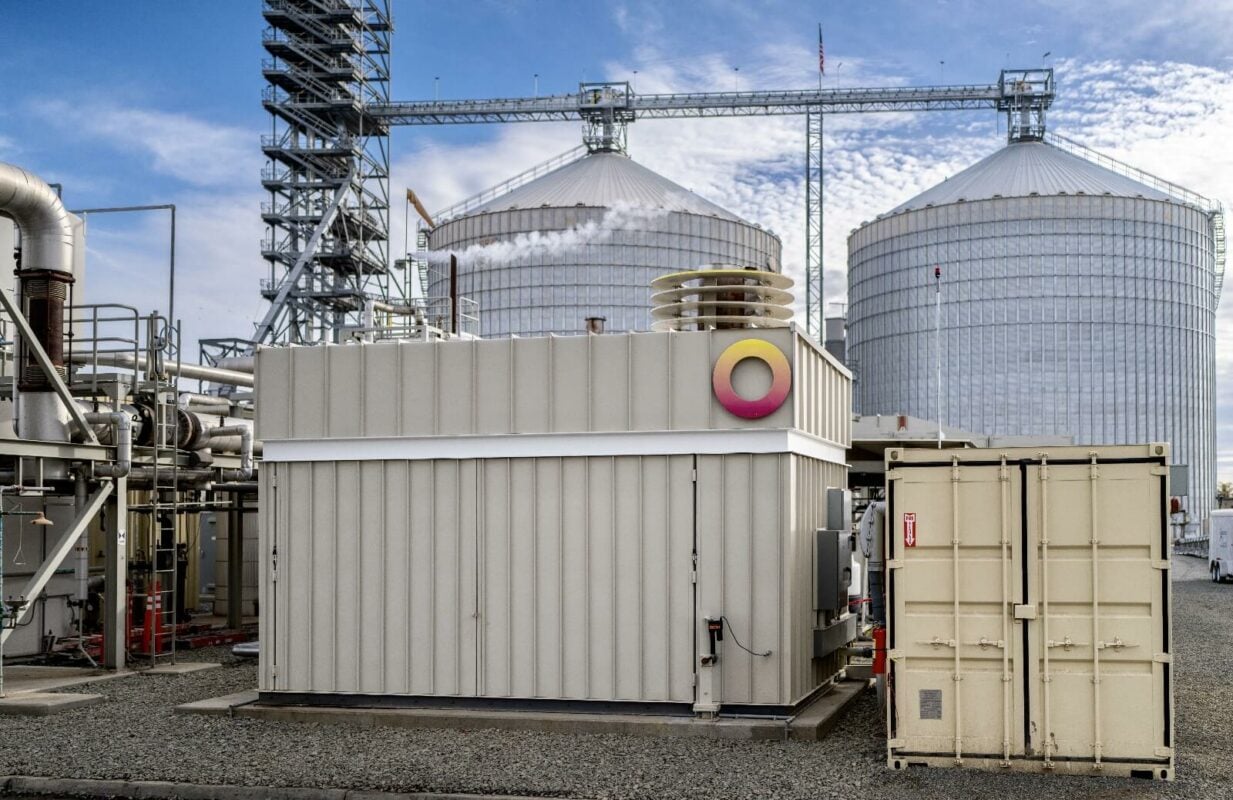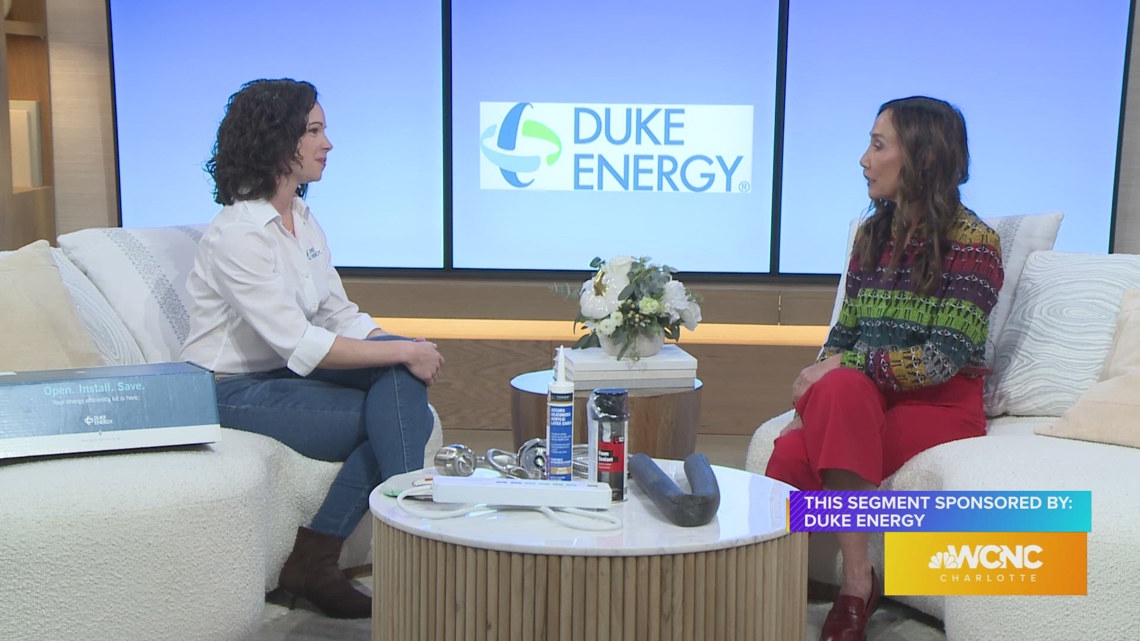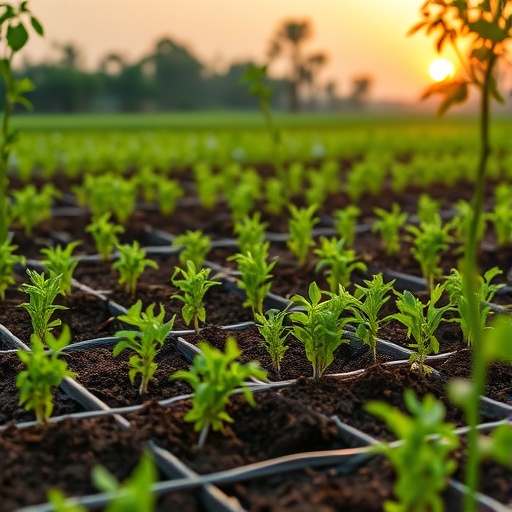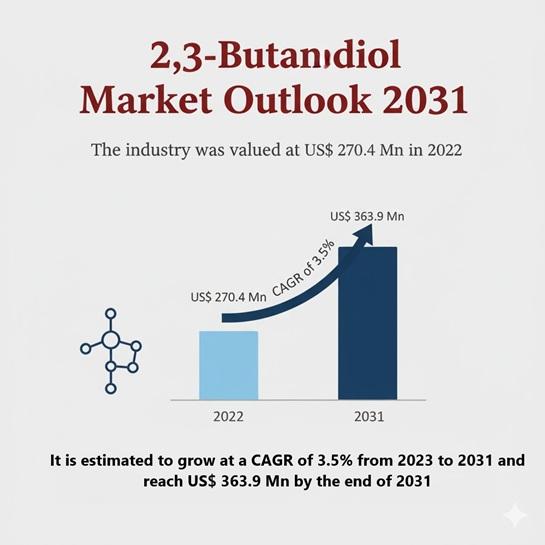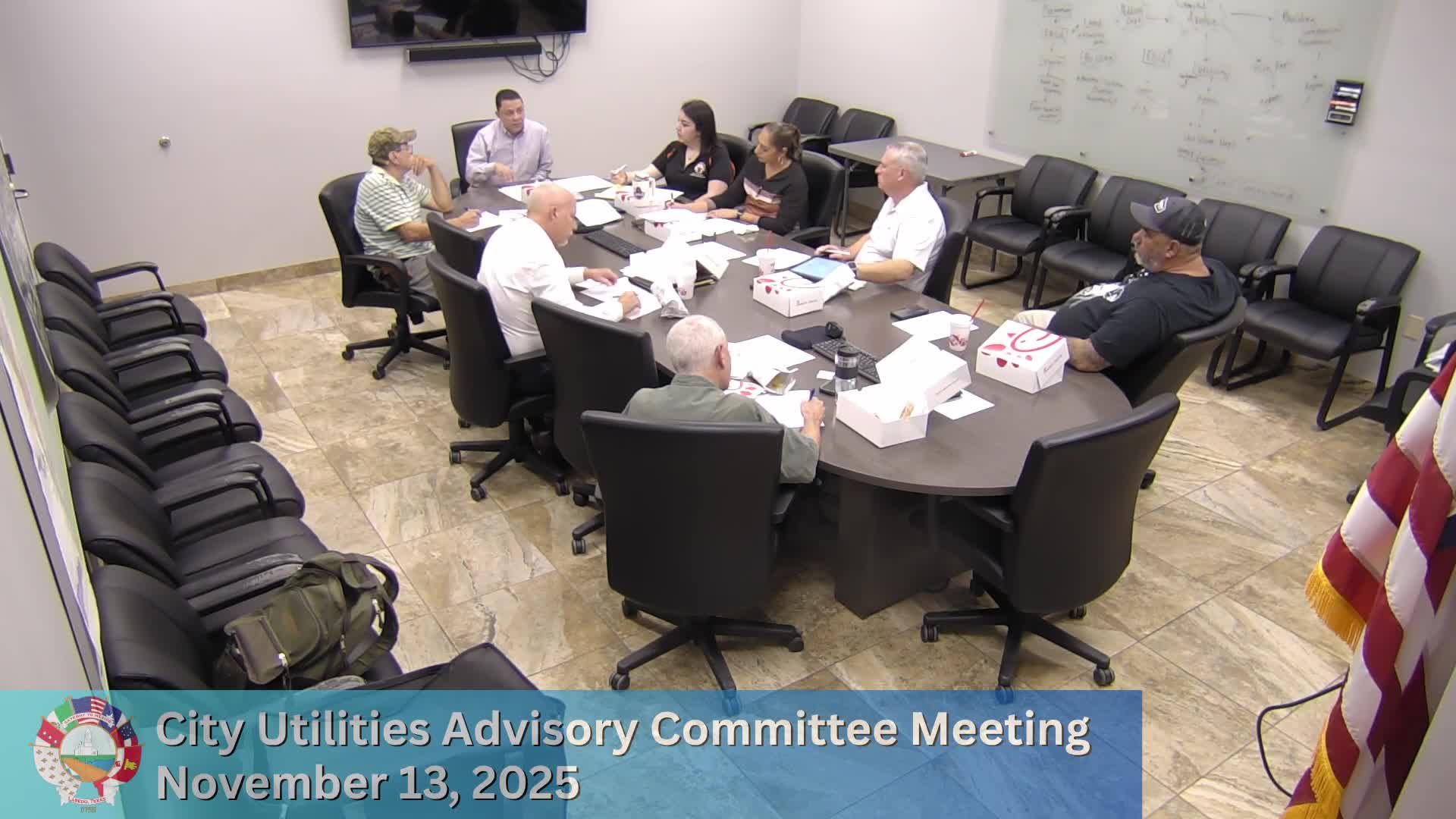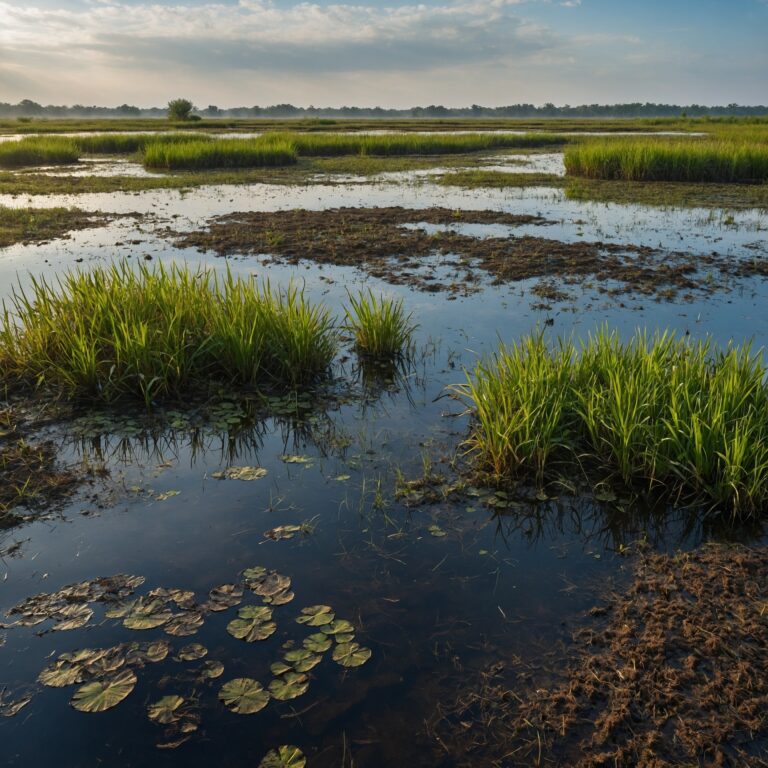LA’s free recycled water station is back – LAist

Report on the Los Angeles Department of Water and Power (LADWP) Recycled Water Fill Station Program
The Los Angeles Department of Water and Power (LADWP) has initiated a Recycled Water Fill Station program as a strategic measure to mitigate the impacts of drought. This initiative directly supports several United Nations Sustainable Development Goals (SDGs) by promoting water conservation, resource efficiency, and urban resilience.
Program Contribution to Sustainable Development Goals (SDGs)
SDG 6: Clean Water and Sanitation
The program is a direct implementation of targets aimed at ensuring the availability and sustainable management of water.
- Target 6.3: By providing treated and disinfected wastewater for non-potable uses, such as landscape irrigation, the program increases water recycling and safe reuse on a municipal level.
- Target 6.4: It substantially increases water-use efficiency by offering an alternative to potable water for residential outdoor use, thereby addressing water scarcity.
SDG 11: Sustainable Cities and Communities
This initiative enhances the sustainability and resilience of the urban environment.
- Target 11.5: The program strengthens the city’s resilience to climate-related natural disasters, specifically drought, by diversifying water resources.
- Target 11.B: It represents a tangible plan for resource efficiency and climate change adaptation at the local level.
SDG 12: Responsible Consumption and Production
The program encourages a shift towards more sustainable consumption patterns among citizens.
- Target 12.2: It promotes the sustainable management and efficient use of a critical natural resource, water, by creating a circular system for wastewater.
Program Operational Details
Eligibility and Requirements
Participation is restricted to ensure proper administration and accountability.
- Participants must be active customers of the LADWP.
- A current LADWP utility bill must be presented as proof of eligibility.
- A valid government-issued ID is required for verification.
Participation Process
The process is designed to be straightforward while ensuring safety and compliance.
- A mandatory, one-time training session must be completed on-site.
- Participants must provide their own water-tight containers for transport.
- A maximum of 300 gallons of recycled water may be collected per visit.
Location and Hours of Operation
- Location: Los Angeles-Glendale Fill Station
- Operating Days: Thursday and Friday
- Operating Hours: 8:00 a.m. to 3:00 p.m.
- Program Duration: The service is scheduled to operate through December 31.
Future Outlook and Scalability
In alignment with the goal of scaling sustainable urban solutions (SDG 11), LADWP has indicated that the program may be expanded. The opening of additional fill station locations is contingent upon demonstrated public demand, reflecting a responsive approach to sustainable resource management.
Analysis of SDGs, Targets, and Indicators
-
Which SDGs are addressed or connected to the issues highlighted in the article?
The article discusses a program by the Los Angeles Department of Water and Power (LADWP) to provide recycled water to customers for non-potable uses like watering lawns and gardens. This initiative is a direct response to drought conditions. Based on this, the following SDGs are addressed:
-
SDG 6: Clean Water and Sanitation
This is the most directly relevant SDG. The article’s core topic is the management and reuse of water resources. It describes how “treated and disinfected wastewater” is being repurposed to “conserve water during the drought,” which aligns with the goal of ensuring the availability and sustainable management of water and sanitation for all.
-
SDG 11: Sustainable Cities and Communities
The program is a municipal initiative implemented by the LADWP for the residents of Los Angeles. It represents an effort by a city to manage its resources sustainably and build resilience against environmental challenges like drought. This connects to making cities and human settlements inclusive, safe, resilient, and sustainable.
-
SDG 13: Climate Action
The article explicitly states the program helps “conserve water during the drought.” Droughts are a significant climate-related hazard. By implementing measures to mitigate the effects of water scarcity, the city is taking action to adapt to the impacts of climate change, which is the central theme of SDG 13.
-
-
What specific targets under those SDGs can be identified based on the article’s content?
The article’s content points to several specific targets within the identified SDGs:
-
Under SDG 6:
- Target 6.3: “By 2030, improve water quality by … halving the proportion of untreated wastewater and substantially increasing recycling and safe reuse globally.” The article directly describes a program where residents can use “recycled water, which is treated and disinfected wastewater,” for their gardens. This is a clear example of increasing water recycling and safe reuse at a local level.
- Target 6.4: “By 2030, substantially increase water-use efficiency across all sectors and ensure sustainable withdrawals and supply of freshwater to address water scarcity…” The program’s stated purpose is to “conserve water.” By providing an alternative to using the home’s potable water supply for irrigation, the program promotes higher water-use efficiency and helps address water scarcity caused by the drought.
-
Under SDG 11:
- Target 11.5: “By 2030, significantly reduce the number of deaths and the number of people affected and substantially decrease the direct economic losses relative to global gross domestic product caused by disasters, including water-related disasters…” A drought is a water-related disaster. This LADWP program is a proactive measure to mitigate the impacts of drought on the community, thereby increasing the city’s resilience.
-
Under SDG 13:
- Target 13.1: “Strengthen resilience and adaptive capacity to climate-related hazards and natural disasters in all countries.” The recycled water program is a practical adaptation strategy. It strengthens Los Angeles’s resilience to drought, a climate-related hazard, by diversifying its water resources and promoting conservation.
-
-
Are there any indicators mentioned or implied in the article that can be used to measure progress towards the identified targets?
Yes, the article contains specific, quantifiable information that can serve as indicators to measure progress:
-
For Target 6.3 (Increasing recycling and reuse):
- Indicator: Volume of recycled water distributed. The article states that customers “can then get up to 300 gallons per visit.” Tracking the total volume of water distributed through the program would directly measure the extent of water reuse.
-
For Target 6.4 (Increasing water-use efficiency):
- Indicator: Number of participants in the water conservation program. The article specifies that “Only LADWP customers are eligible” and must “complete a short training.” The number of customers who complete the training and participate is a direct measure of the program’s reach and impact on promoting water-efficient behaviors.
-
For Targets 11.5 and 13.1 (Strengthening resilience and adaptive capacity):
- Indicator: Availability and expansion of adaptation infrastructure. The article mentions the “Los Angeles-Glendale spot is open 8 a.m. to 3 p.m. every Thursday and Friday” and will “stay open through Dec. 31.” It also notes, “If demand rises, the utility may open more locations.” The number of operational distribution sites, their operating hours, and plans for expansion are clear indicators of the city’s institutional capacity to respond to drought.
-
Summary of Findings
| SDGs | Targets | Indicators |
|---|---|---|
| SDG 6: Clean Water and Sanitation |
Target 6.3: Substantially increase recycling and safe reuse of water.
Target 6.4: Substantially increase water-use efficiency and address water scarcity. |
– Volume of recycled water distributed per visit (mentioned as “up to 300 gallons per visit”). – Number of eligible LADWP customers participating in the program. |
| SDG 11: Sustainable Cities and Communities | Target 11.5: Reduce the impact of water-related disasters (drought). |
– Number of operational recycled water distribution sites. – Commitment to open more locations based on demand. |
| SDG 13: Climate Action | Target 13.1: Strengthen resilience and adaptive capacity to climate-related hazards. | – Existence and operational status of the drought-response program (e.g., “open 8 a.m. to 3 p.m. every Thursday and Friday”). |
Source: laist.com

What is Your Reaction?
 Like
0
Like
0
 Dislike
0
Dislike
0
 Love
0
Love
0
 Funny
0
Funny
0
 Angry
0
Angry
0
 Sad
0
Sad
0
 Wow
0
Wow
0





